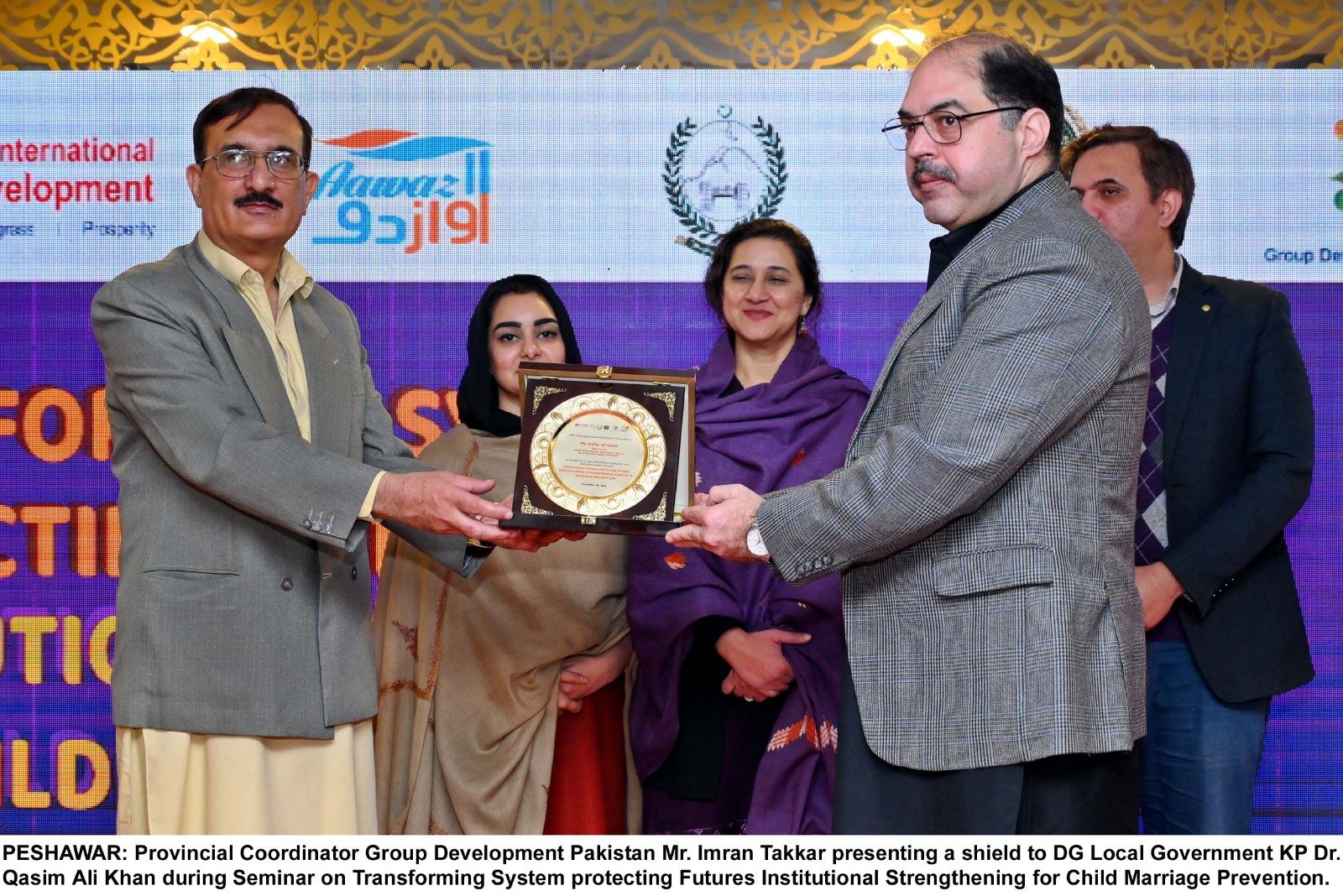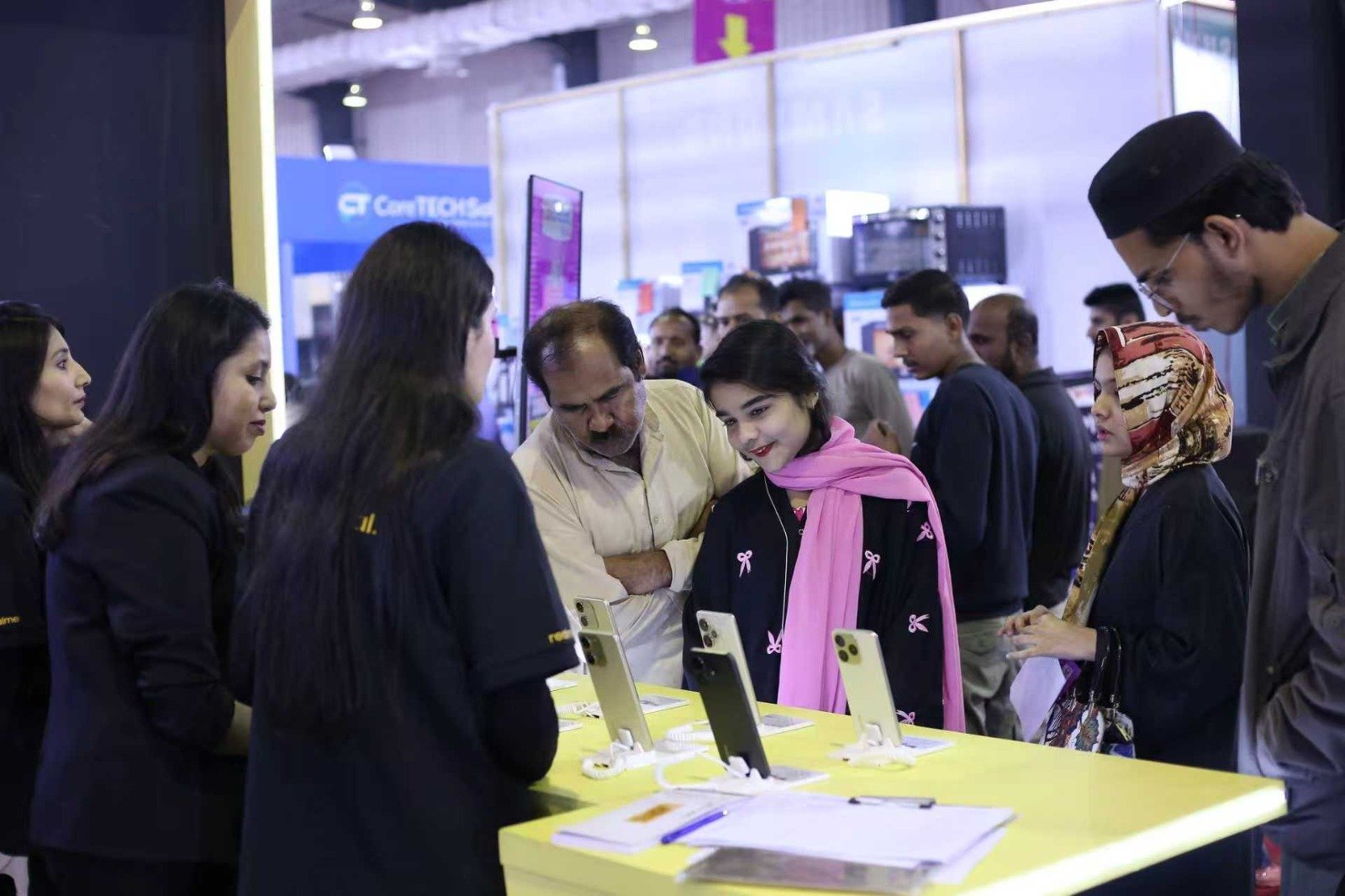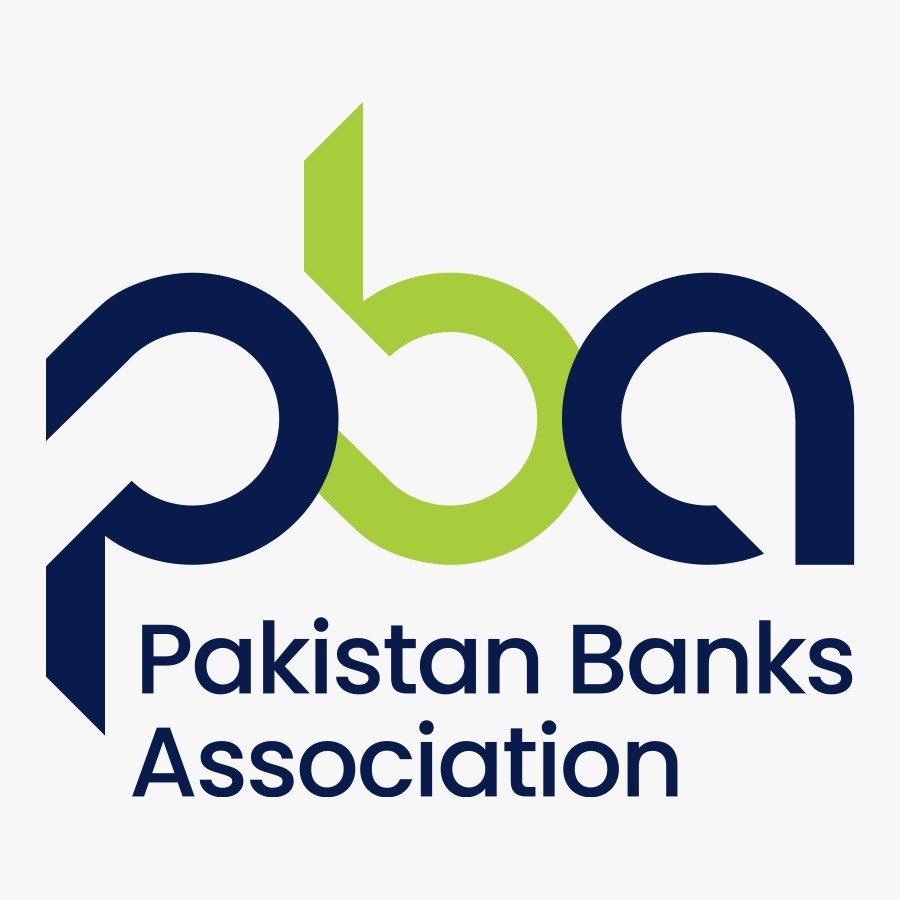
The inauguration of the Challenge Special Economic Zone (SEZ) by Prime Minister Muhammad Shehbaz Sharif marks a proud milestone in Pakistan’s textile and industrial journey, promising new avenues of progress and prosperity for the people of Pakistan. This initiative reflects the government’s renewed commitment to accelerating industrialization while also underscoring the success of Pakistan-China economic collaboration.
Bringing such investment to Pakistan would not have been possible without the dedicated efforts of the Special Investment Facilitation Council (SIFC), which is translating the Prime Minister’s vision into reality under his close guidance and with the tireless support of Secretary SIFC Mr. Jamil Qureshi and his team. The financial structuring of this project, carried out by Pak-China Investment Company Limited (PCICL) as the Mandated Lead Arranger and Advisor for project financing and working capital, stands as a model of sound policy, strong institutional support and strategic partnership. The Challenge SEZ offers a promising pathway for boosting exports, generating employment, and facilitating the transfer of advanced Chinese technology, with a production capacity of 5 million garments per month, an estimated USD 400 million in annual exports, and over 20,000 new jobs.
Moreover, such Special Economic Zones will help translate into reality the vision of learning from China to make Pakistan more progressive and forward-looking, in line with the 5Es framework articulated by Federal Minister Ahsan Iqbal. These 5Es (Exports, Energy, Environment, Equity, and Empowerment) provide a comprehensive roadmap for sustainable growth. Just as China transformed its economy through Special Economic Zones, Pakistan is now following a similar path to strengthen its industrial base, attract foreign investment and build resilience. The success of this project will not only enhance Pakistan’s global competitiveness but also prove that with strong leadership, institutional support and strategic partnerships, the dream of a stronger and self-reliant Pakistan can be realized.
These 5E’s dream can be realized by prioritizing exports, where Pakistan is also proceeding to gain its part from international economy. Pakistan can earn vital foreign exchange and strengthen its position in global markets by establishing Special Economic Zones (SEZs), attracting foreign investment and promoting projects through roadshows and other initiatives led by the SIFC and advisory institutions. A stable and affordable energy supply is vital to power industries and reduce production costs, a goal being advanced through several CPEC projects such as Thar Coal, Suki Kinari and other major energy initiatives. At the same time, environmentally responsible policies are essential to safeguard natural resources and ensure long-term sustainability. Equity can be achieved through job creation and inclusive opportunities, particularly for youth and women. A recent example was the Youth Job Festival organized in May 2025 by the Chinese Chamber of Commerce, where Chinese companies invited students and selected many young professionals, offering them valuable career opportunities.
Empowerment, meanwhile, comes through technology transfer, innovation and industrial knowledge, which help build resilience and competitiveness, something Pakistan has already demonstrated in times of regional challenges.
Together, these five pillars provide a comprehensive framework for Pakistan to emulate, much like China’s transformation, enabling the country to industrialize effectively, attract sustained investment, and progress toward a self-reliant and prosperous economy.
The writer is Senior Manager Administration in Pak China Investment Company Limited.





